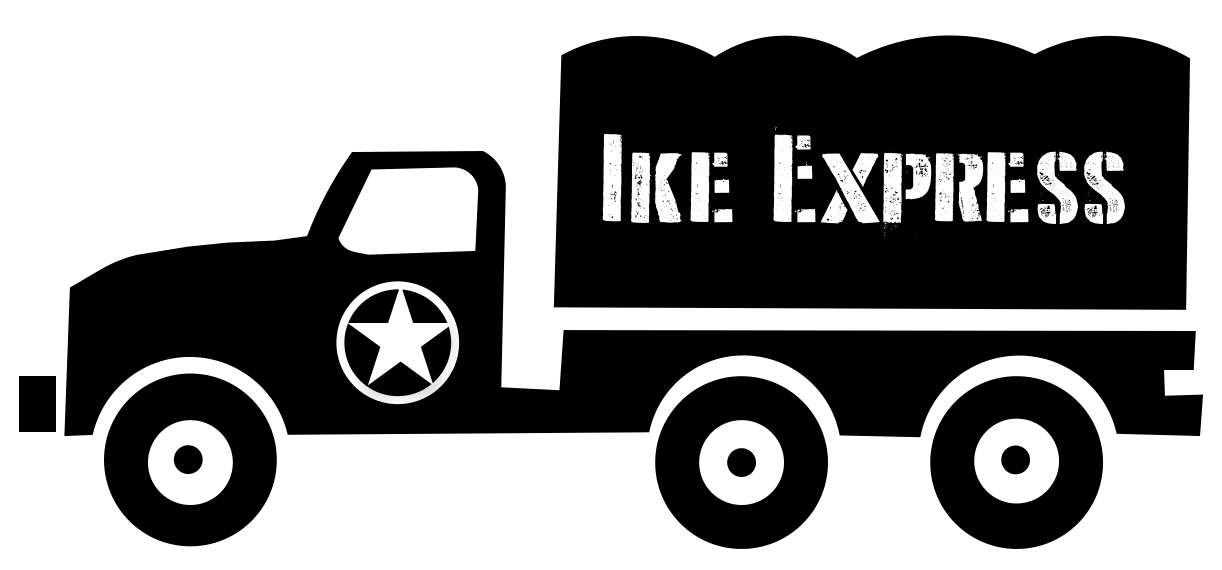
COST OF BRINGING IKE EXPRESS TO YOUR SCHOOL
Schools in Dane Hansen region of Kansas = Free!
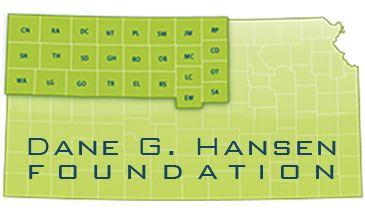
Two Hour Drive from Abilene = $350
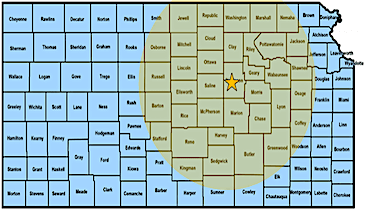
All other areas of Kansas = $700
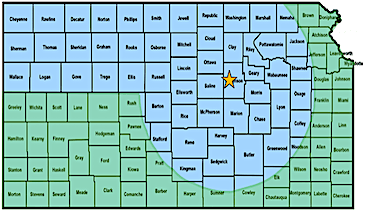
Available Programs

All About Ike Story Time
Grades K - 2 30 minutes
Our IKEducators will use children's books and artifacts to provide an interactive story time that introduces our youngest historians to the life of Dwight D. Eisenhower.
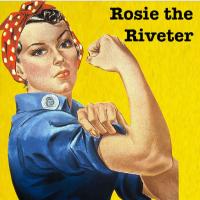
Rosie the Riveter
Grades 3 - 5 1 hour
When America's men left to fight with the Allie in World War II, women were recruited to work at non-traditional jobs in defense plants and factories. These "Rosie the Riveters" proved their abilities to America and have not looked back since. In this program, students will sing, solve puzzles, recreate their own Rosie photo, and use their critical thinking skills to analyze primary source photos and propaganda posters.
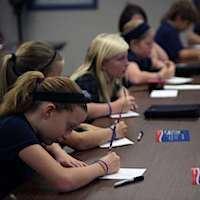
Dear Mr. President
Grades 3-8 1 hour
Students are never too young to practice the American right to share their concerns with elected officials. In this program, students analyze children’s letters to President Eisenhower, noting their purpose and topics of the 1950s—from Elvis’s haircut to civil rights. They then practice civic engagement by writing their own letter to the current President of the United States about an issue that concerns or interests them.
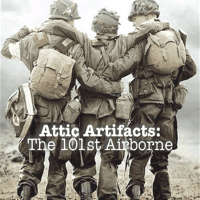
Attic Artifacts: 101st Airborne
Grades 6-8 1 hour
Following World War II, many Americans kept souvenirs of lost loved ones or their time in the war. Many of these articles were stored in boxes or trunks and then tucked away in attics, basements, and garages for decades. In this program, students critically evaluate images, documents, and a variety of artifacts from the 101st Airborne’s part in the D-Day invasion and liberation of Europe.
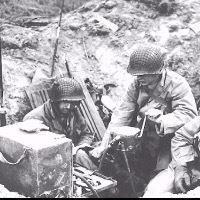
Code Talkers
Grades 6-8 1 hour
All of the countries involved in World War II had top-secret military information that had to be hidden from their enemies. For this reason, numerous tactics were used to disguise messages. In this program, students explore the Code Talkers, Native American men who served in the U.S. military and used their native languages to create codes that were never broken, even after the end of the war.
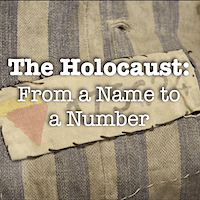
Holocaust: From a Name to a Number
Grades 7 - 12 1 hour
Students will learn how individuals were dehumanized as their name was replaced with a number or triangle, and that General Eisenhower made certain those war crimes were documented so those responsible would be held accountable. Most importantly, students learn about the Holocaust through the voices of survivors and realize that behind every number was a person with a name not to be forgotten.
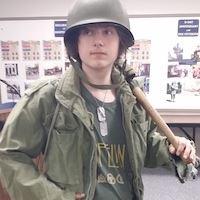
Primarily Omaha Beach
Grades 9-12 1 hour
It is said that the defeat of Nazi Germany was sealed on Omaha Beach. One hundred and sixty-thousand troops landed within 24 hours on a 50-mile front. Students are introduced to the overall objective of D-Day and how its story is preserved through primary sources. They then apply that knowledge through examination of documents and artifacts from Omaha Beach.
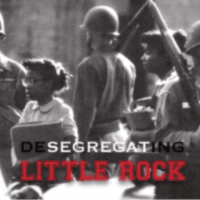
Desegregation in Little Rock
Grades 11-12 2 hours
By 1957, the Civil Rights Movement was in full swing. Eisenhower had desegregated Washington D.C., and Brown v. Board of Education declared “Separate but Equal” unconstitutional. That fall, nine African American students became heroes in the cause of racial justice. Through simulations and primary sources, this program brings to life the pivotal events from the 1956-57 school year in Little Rock, Arkansas.
 Eisenhower Foundation
Eisenhower Foundation
